While the original Solyndra only wasted $500M in taxpayer funds, Biden's Grain Belt Express debacle has been given the green light to waste nearly $5 BILLION. That's right... FIVE BILLION of your hard earned dollars collected from you by your government and gifted to private investment company Invenergy.
Solyndra was a proposed solar panel company that went bankrupt in 2011 after receiving $535 million in federal loans from the Obama administration. Turns out that after spending all that taxpayer money, Solyndra really didn't have any customers or revenue to pay back the loan. Turns out that Solyndra fudged information about having contracts and customers and DOE employees processing the loan were ordered to look the other way. The DOE loaned taxpayer funds to a company that didn't have the means to pay it back.
On Monday, Biden's Department of Energy issued a "conditional approval" of a loan or loan guarantee in the amount of $4.9B for the Grain Belt Express. Said "conditional approval" is contingent upon proof of contracts (or just fudged up crap about fictitious contracts apparently) along with completion of GBE's Environmental Impact Statement.
In fact, GBE is still "in process" on a bunch of prerequisites for approval of its loan guarantee, but yet the DOE "approved" it anyhow. That's not exactly legal.
This is what GBE's FAST-41 permitting dashboard looks like today:
Grain Belt Express has a special website for its Environmental Impact Statement process, which was begun several years ago with "scoping" meetings and comments where you told DOE what environmental impacts to study. Afterwards, DOE took a nice, long nap and nothing has been done. DOE still has to publish a draft EIS, present the draft to the public, and take another round of comments before publishing the final report. DOE must then wait at least 60 days before issuing its Record of Decision.
See GBE's EIS website fact sheet for these tidbits that the public was told about GBE's EIS and Loan Guarantee application:
In making a decision on the application, DOE LPO is preparing an Environmental Impact Statement (EIS) as required by the National Environmental Policy Act (NEPA).
DOE is using the NEPA process to assist in determining whether to issue a loan guarantee to the Applicant to support the Project.
To understand the effects of the Proposed Action, the EIS must also analyze the No Action Alternative, allowing for a baseline for comparison. Under the No Action Alternative, DOE LPO would not provide federal financial support (a loan guarantee) to the Applicant for construction and energization of the Grain Belt Express Project, with the assumption that the Project would not be constructed. By comparing the Proposed Action with the No Action Alternative, the EIS will transparently demonstrate the effects of the Proposed Action on the environment.
Instead of following the law and the process that it laid out for the public, DOE has just gone ahead and approved the loan guarantee without finishing the EIS process. Pretending that the approval is only "conditional" upon completing the EIS a couple years down the road presumes that DOE will approve that EIS before it's even finished. At least we're now being transparent about the fact that the environmental review is so much busywork with a predetermined conclusion.
DOE thinks it can skirt the law by making up a "conditional" approval process. Sorry, but that's not what the law says. The recent Supreme Court decision that overturned Chevron will prevent DOE from making up regulations that have no basis in law. Of course, this will require landowners and taxpayers to hire lawyers to appeal this travesty. DOE is hoping you won't. DOE and GBE hope you just give up now and let them have their way when you're so close to your own victory.
Contact your federal elected officials and see how they can help.

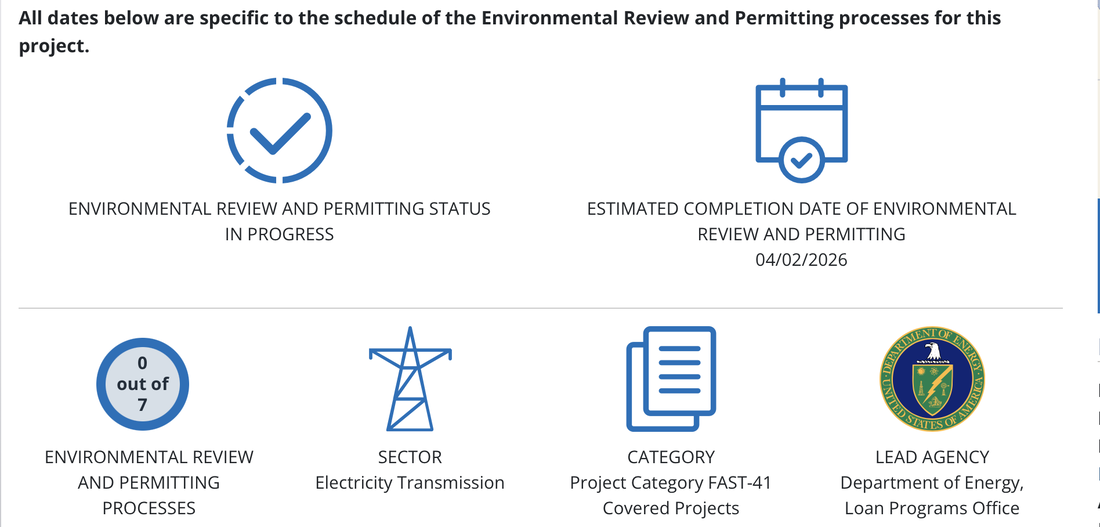

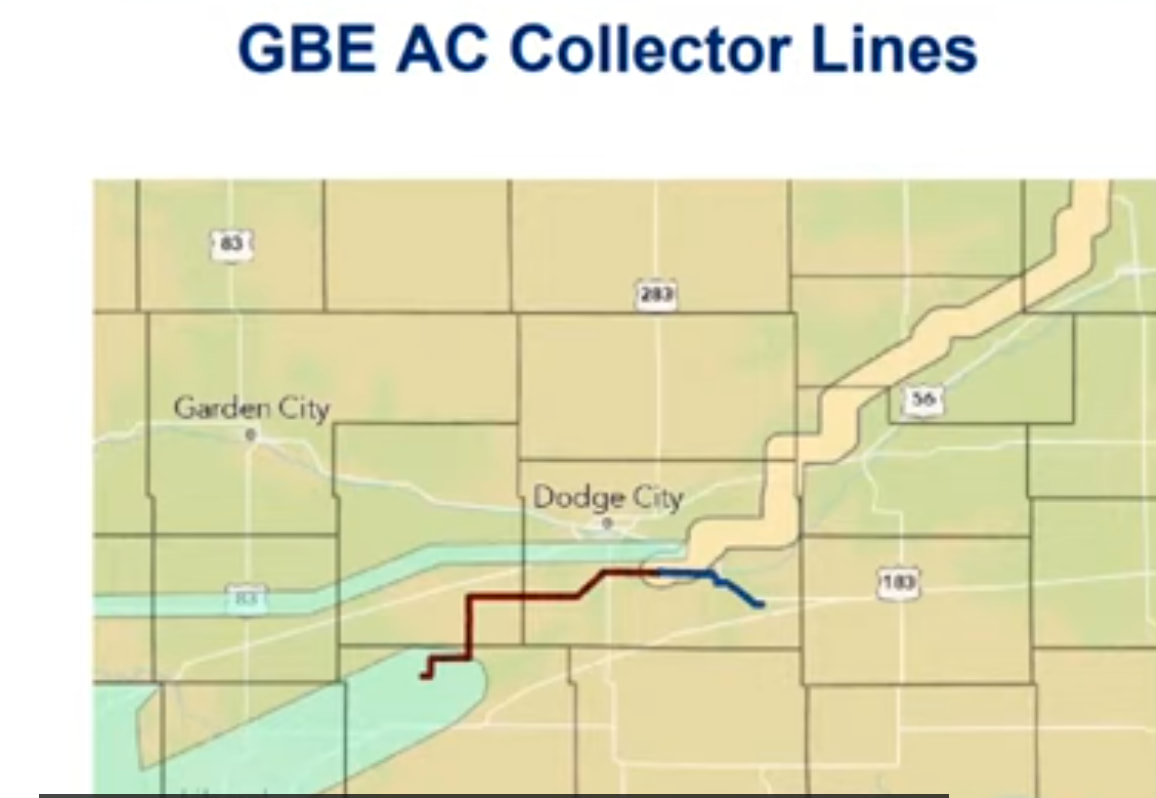
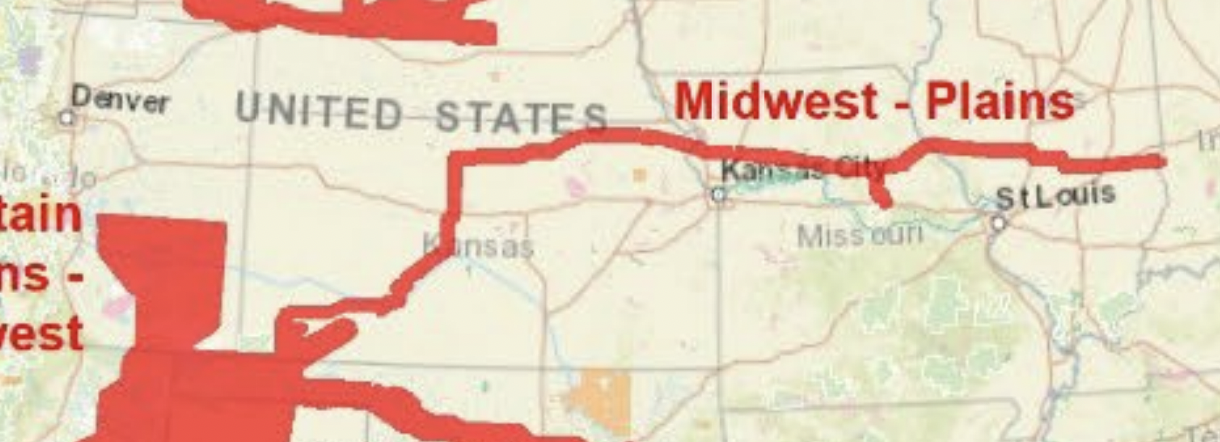


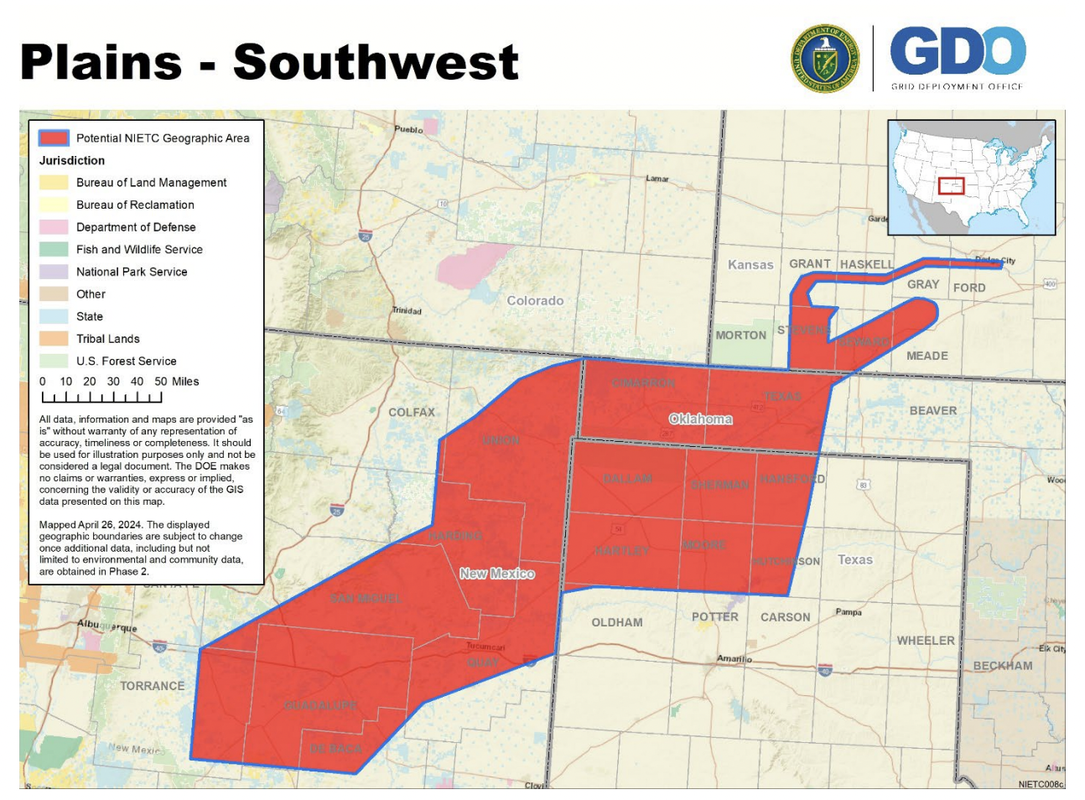
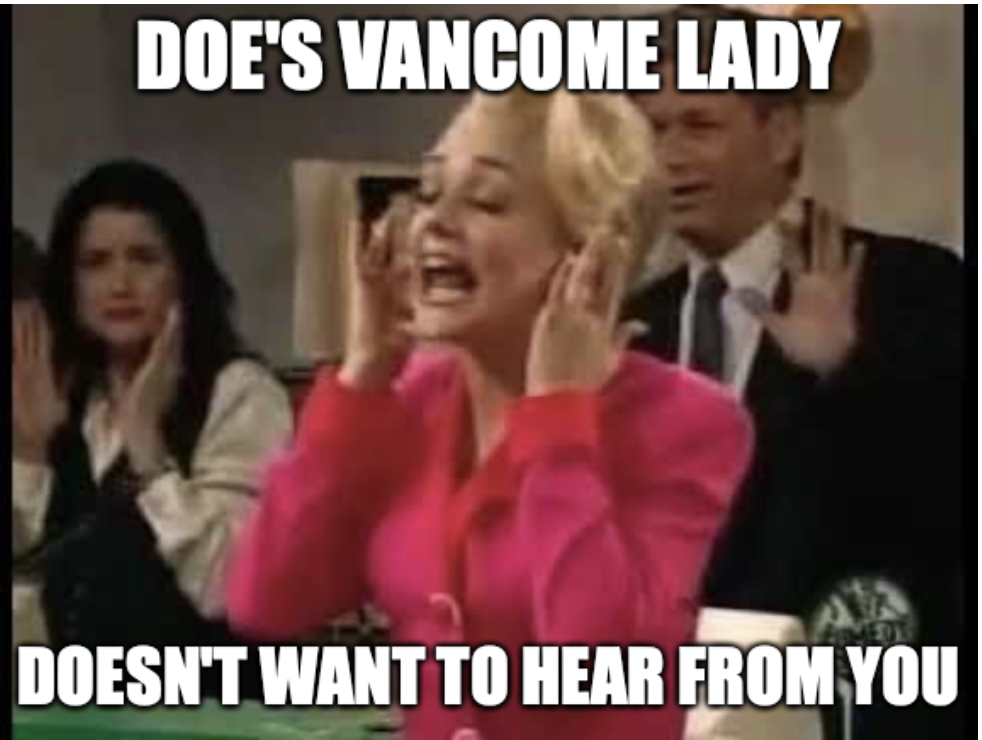
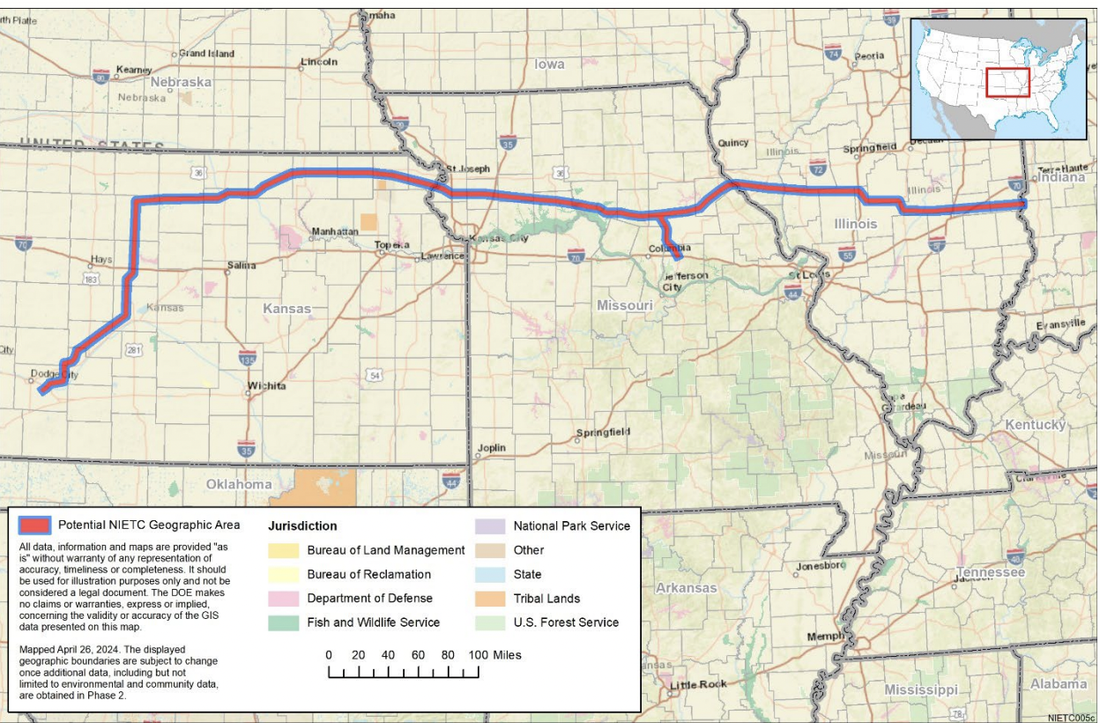
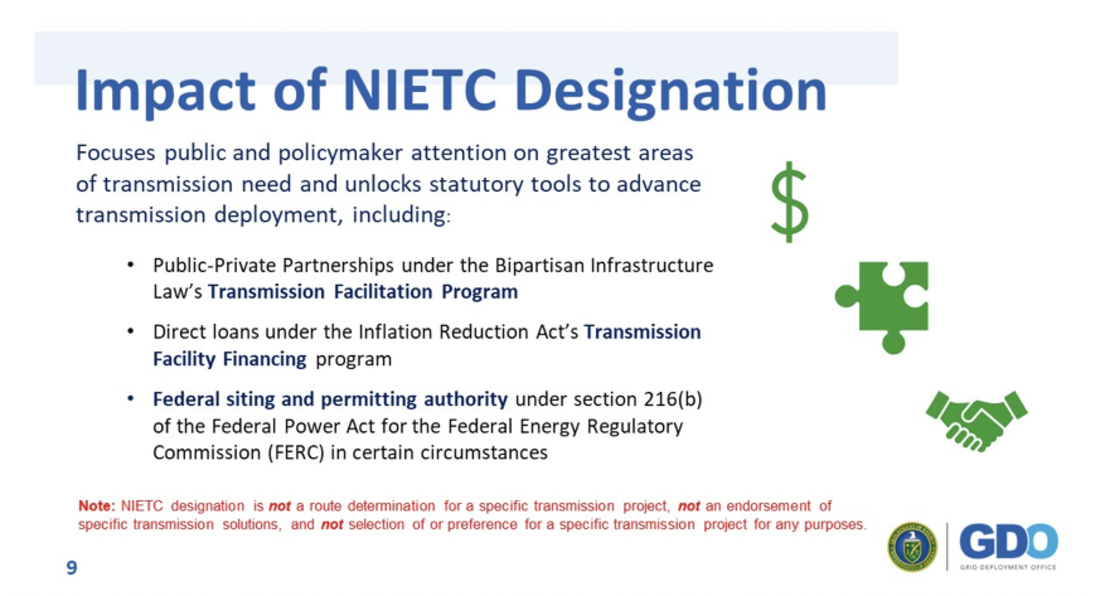
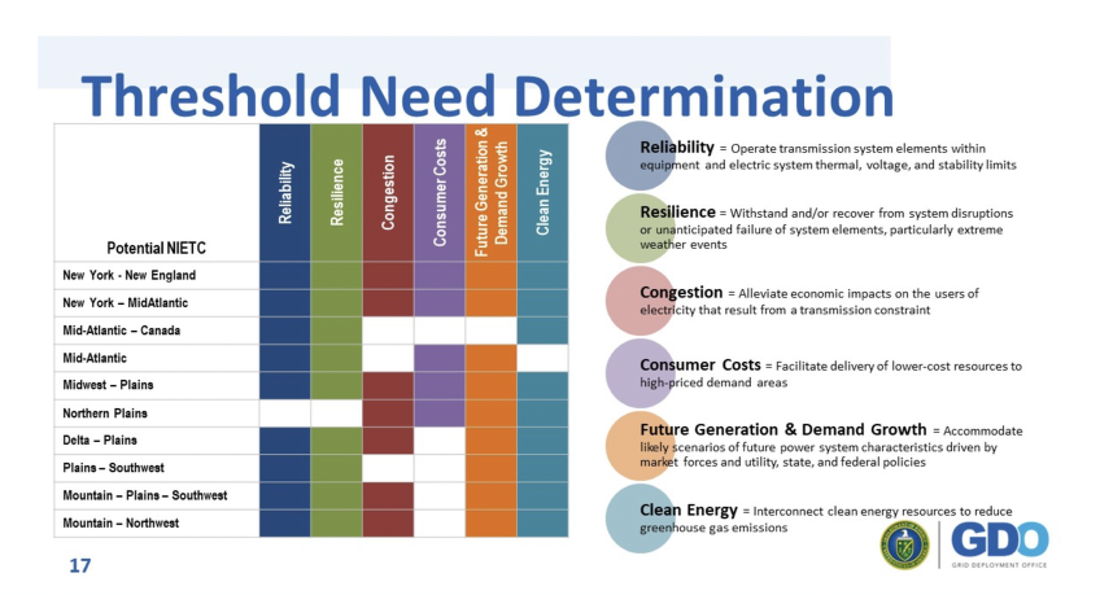
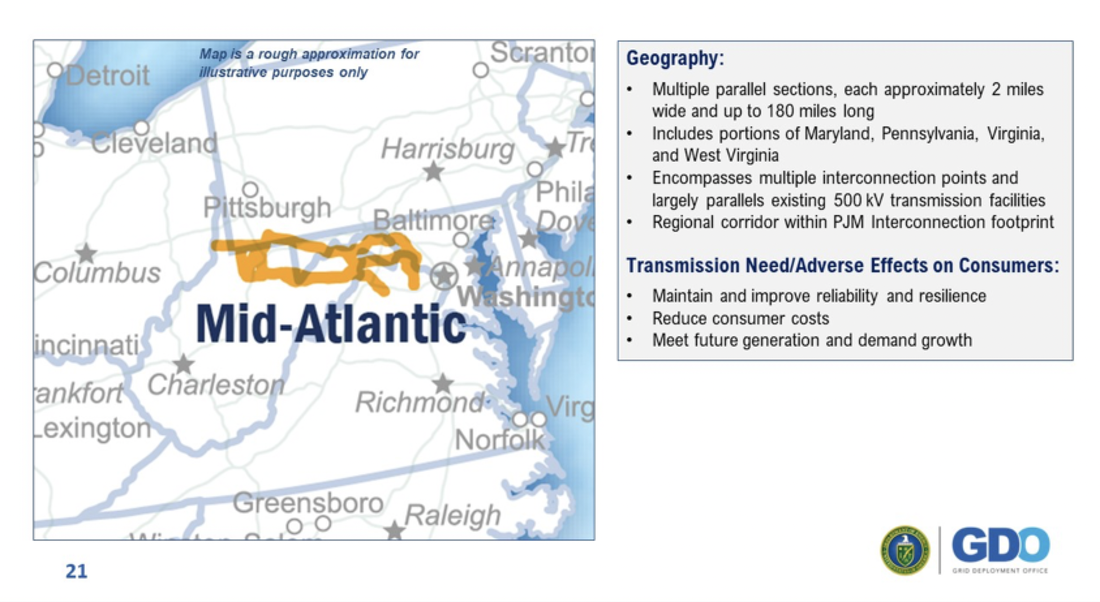
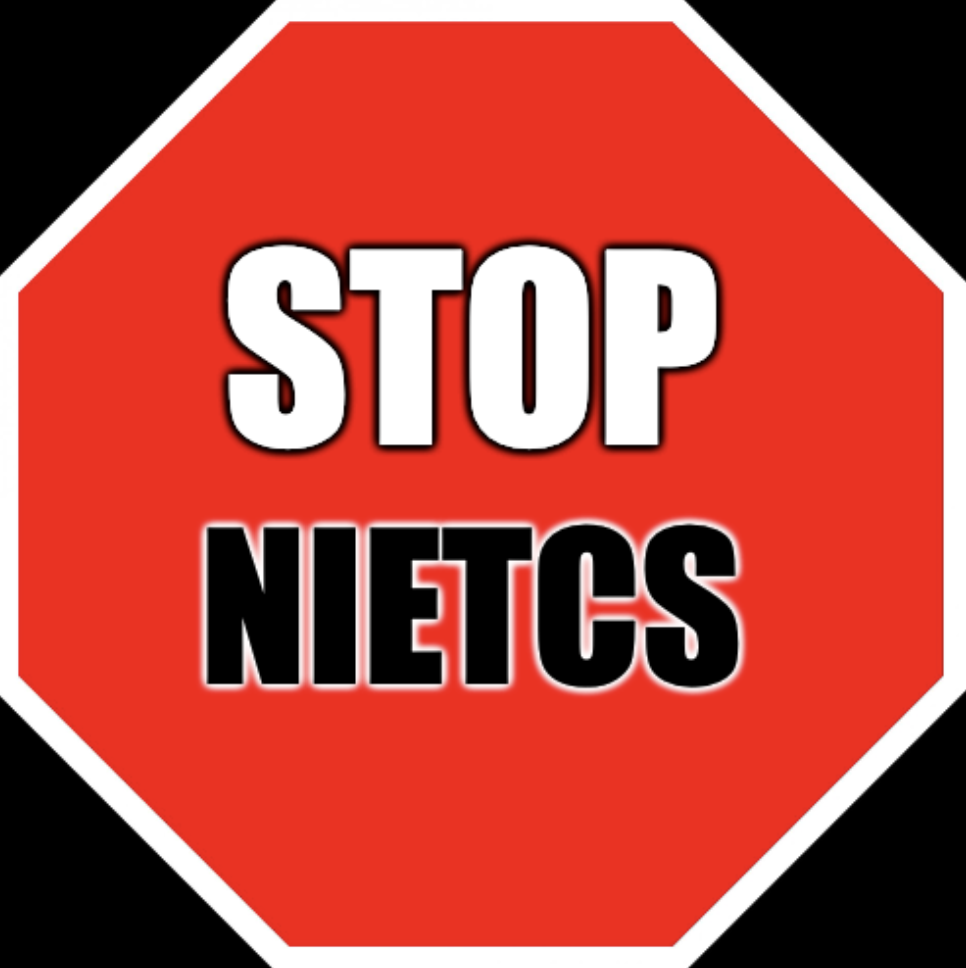
 RSS Feed
RSS Feed